The pain is not to make you miserable,
the pain is to make you more aware!
And when you are aware, misery disappears.
OSHO
The intensity of the pain depends on the degree
of resistance to the present moment,
and this in turn depends on how strongly you are
identified with your mind.
ECKHART TOLLE
We are not victims of aging, sickness, pain and death.
These are part of scenery, not the seer,
who is immune to any form of change.
This seer is the spirit, the expression of eternal being.
DEEPAK CHOPRA
Contents
Introduction
PAIN IS A POWERFUL WORD that triggers strong feelingsfear, anger, helplessness, panic, and even grief. If youre one of the millions of people struggling with pain as you read this sentence, you are most certainly not alone. What mystifies patients, loved ones, and treating professionals alike is why pain persists long after an injury has healed, lingering for no apparent reason.
Like many others, you may have shuttled from doctor to doctor, diagnosis to diagnosis, and pain treatment to pain treatment. As your situation has become increasingly complex, you may have given up hope that your pain can shift and improve, and that you can become an authority over your pain, rather than your pain continuing to dominate you.
About two-thirds of the people in pain today have been living with significant pain for more than five years. In fact, the highest percentage of all medical visits is made to seek relief from pain. Yet this relief is often not easily found.
People with persistent and chronic pain struggle to find doctors who can effectively treat them. Untreated or undertreated pain is an ongoing epidemic. One recent study found that one out of four pain patients had changed doctors at least three times, citing the primary reason for change as that they still experienced significant pain. Other reasons given were that their pain was not taken seriously, that doctors were unwilling to treat their pain aggressively, and that doctors were without adequate knowledge to treat their pain effectively.
A survey by the American Pain Society in 1999 indicated that more than 40 percent of the general population who suffered moderate to severe pain were unable to find adequate pain relief.
Pain has an enormous impact on quality of life at any age, constricting the ability to work, socialize, exercise, concentrate, perform simple tasks, and sleep. Yet even though there are ever-increasing numbers of new methods being created to resolve and relieve pain, there appears to be an even greater surge of pain conditions with new names, causes, theories, and drugs to treat them.
The cost of unmanaged suffering is huge. Part of the reason for this problem is that pain is so complexranging far beyond the intersection of neural transmission and sensory experience. The puzzle of pain involves a complicated labyrinth of emotions, sensations, culture, individual experience, genetics, spiritual meaning, as well as habitual physiological reactions, and some experts believe that chronic pain for many patients has become a disease in itself.
Because pain is such a complex puzzle, no single health care perspective or discipline holds the particular puzzle piece that brings a universal solution. Never before has there been such a vast array of therapeutic options for pain, ranging from Western medicine to traditional Chinese medicine approaches such as acupuncture and acupressure; chiropractic, nutritional, and supplemental care; hypnosis, special types of imagery (including guided imagery), and other psychological methods; and bodywork, yoga, and massage, just to name a few.
What does this mean for the pain patient? Frequently, individuals in pain are thrown into increasing confusion in their relentless search for tools that will ultimately bring an end to their suffering. Yet the real power of most pain-treatment methods to bring lasting results lies not within the methods, but in their unique application in alignment with each individuals needs, beliefs, personality, and experience. While each method is promising in what it can offer, the key puzzle piece remains your contributionthe responses you bring to your own healing process.
There is every reason to believe that the unique qualities of each individual impact and shape painful experience and also provide the platform for resilience and recovery. From our perspective, the one ingredient of individual experience that has not been sufficiently considered in usual attempts to solve the puzzle of pain is the role of unresolved trauma that is held in the body. For example, we know that a high percentage of all chronic pain patients also struggle with some form of traumatic stress. Research has shown that chronic pain may not only be caused by physical injury, but also by stress and emotional issues. In fact, people who suffer from PTSD (posttraumatic stress disorder) are at a much higher risk for developing chronic pain.
The presence of unreleased traumatic experience changes everything when it comes to the treatment of pain. Both of us have found consistently, in our collective clinical experience spanning more than eighty years, that whenever we have worked with pain that does not respond to usual treatments, the reason inevitably lies in what accumulated stress and trauma contribute to the pain picture. In this program, we distill the best of our thinking and practices to empower you to identify and master the patterns of stress that create and contribute to pain. We will sometimes use examples from our clinical practice to illustrate things that you can do to help resolve your pain. Indeed, we also strongly suggest professional help, when it would be of benefit to you.
We frequently work with people who suffer from neck, back, and shoulder pain related to motor vehicle accidents. Many of them come to us because they are not responding to usual prescriptions of medication, physical therapy, and other treatment approaches. When we explore further, we often find that what blocks their progress is the residue of previous accidents or injuries that seem unrelated to the current one that has triggered their pain. Once we help them to unwind the nervous system responses to accumulated stresses from multiple incidents that may have created traumatic stress, they begin to recover quickly and completely.
We have found it important to address trauma at several different levels:
 Working with trauma that may have caused the pain through accident, injury, disease, or other overwhelming events. Usually these are thought of as the precipitating events or triggers. Although it is not necessary to relive overwhelming or painful events that are contributing to your pain, it is important to explore how the event has created or contributed to specific patterns of distress and dysregulation or lack of balance. The good news is that you will be learning simple ways to help you regulate or shift the way your body feels, so that balance and comfort return naturally and reliably.
Working with trauma that may have caused the pain through accident, injury, disease, or other overwhelming events. Usually these are thought of as the precipitating events or triggers. Although it is not necessary to relive overwhelming or painful events that are contributing to your pain, it is important to explore how the event has created or contributed to specific patterns of distress and dysregulation or lack of balance. The good news is that you will be learning simple ways to help you regulate or shift the way your body feels, so that balance and comfort return naturally and reliably.
 Discovering how persistent emotional and physical pain become traumatizing.
Discovering how persistent emotional and physical pain become traumatizing.
Next page

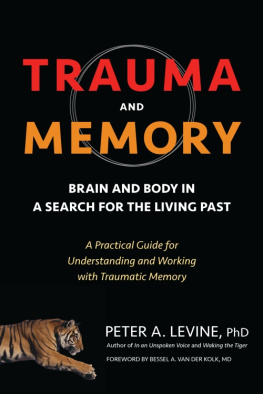
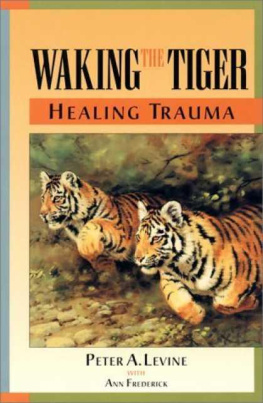

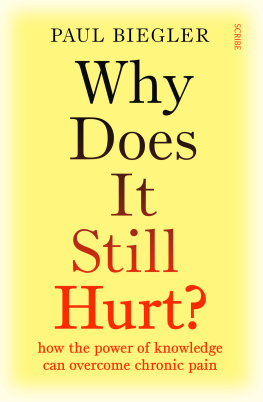
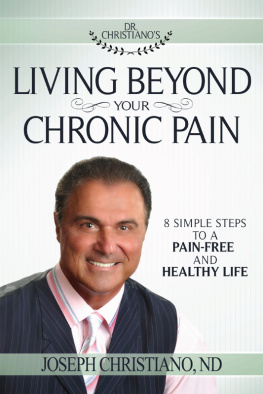
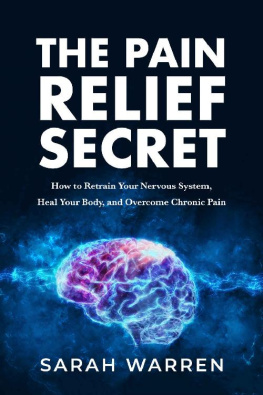
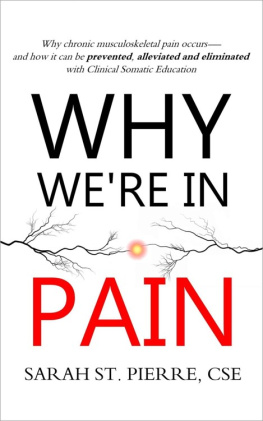
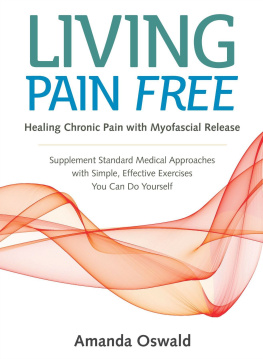

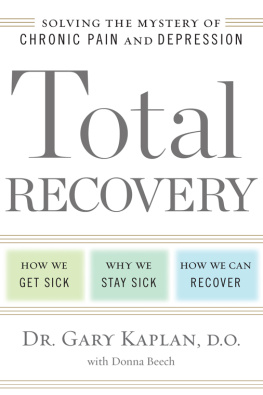

 Working with trauma that may have caused the pain through accident, injury, disease, or other overwhelming events. Usually these are thought of as the precipitating events or triggers. Although it is not necessary to relive overwhelming or painful events that are contributing to your pain, it is important to explore how the event has created or contributed to specific patterns of distress and dysregulation or lack of balance. The good news is that you will be learning simple ways to help you regulate or shift the way your body feels, so that balance and comfort return naturally and reliably.
Working with trauma that may have caused the pain through accident, injury, disease, or other overwhelming events. Usually these are thought of as the precipitating events or triggers. Although it is not necessary to relive overwhelming or painful events that are contributing to your pain, it is important to explore how the event has created or contributed to specific patterns of distress and dysregulation or lack of balance. The good news is that you will be learning simple ways to help you regulate or shift the way your body feels, so that balance and comfort return naturally and reliably.